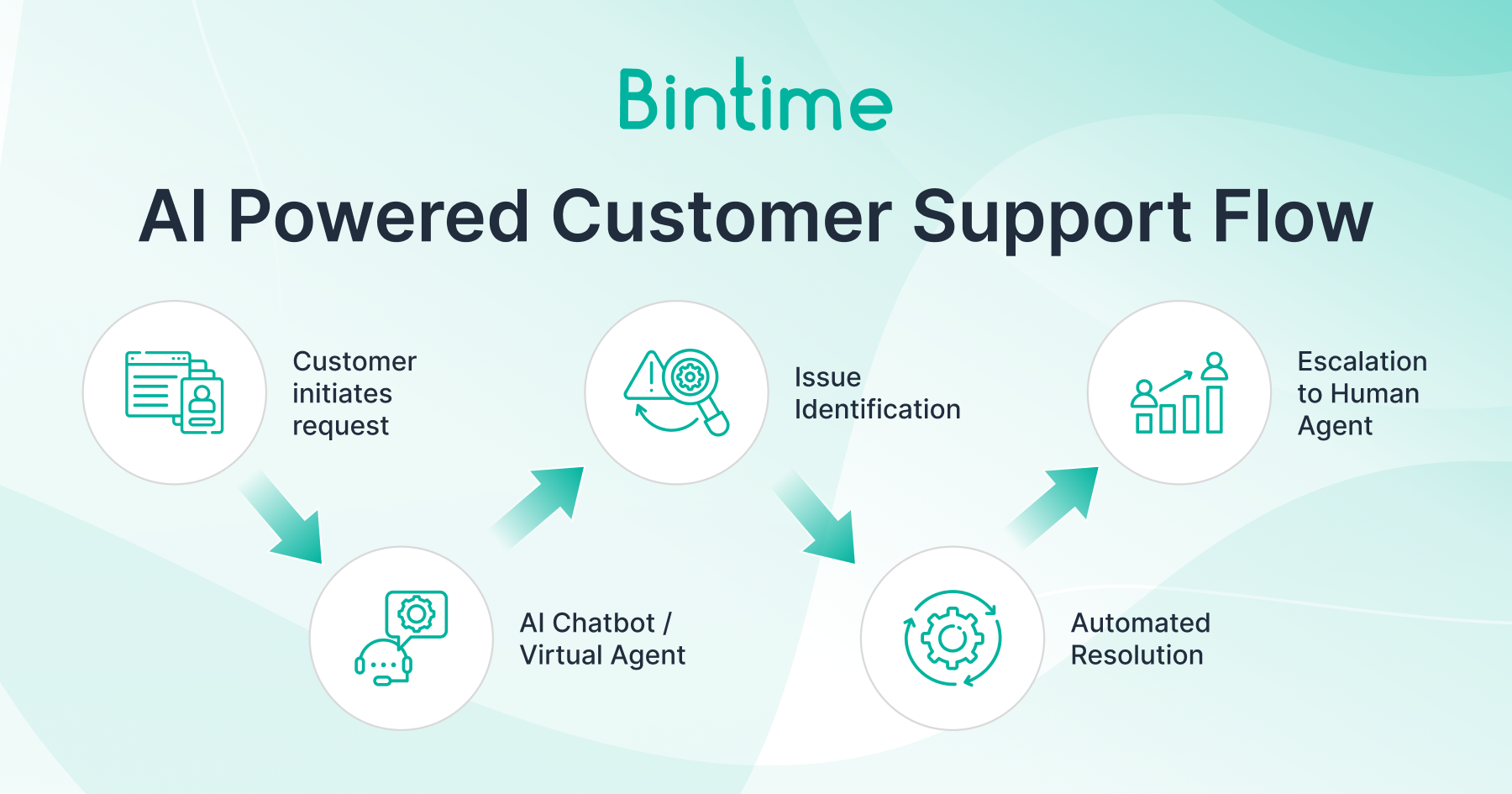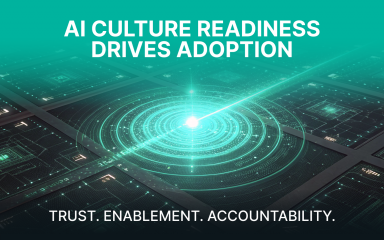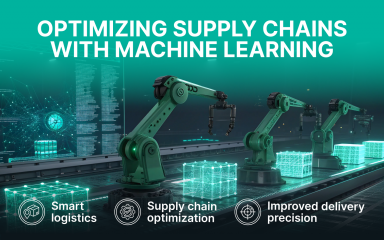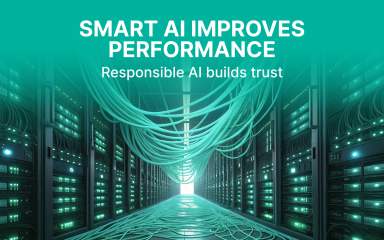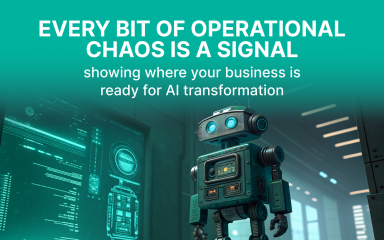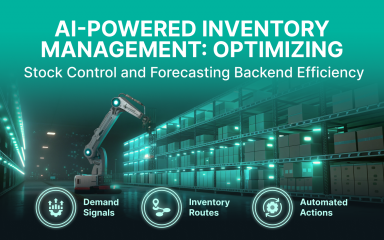Every click after checkout is a chance to earn loyalty – or lose it in seconds. In today’s ecommerce experience, the real battle for repeat revenue happens after the sale. Customers crave lightning-fast, personalised care, and they’ll switch brands if you stumble: 93 % will buy again from companies that excel at customer service, yet one slip can send them packing. Meanwhile, Gartner forecasts that by 2025, 80 % of businesses will lean on AI customer service chatbots to meet those soaring expectations.
Quick Answer (voice search, 42 words)
AI in customer service turns post-purchase chaos into a competitive edge. By blending chatbots, predictive ticketing, and sentiment analysis, ai for customer care slashes wait times, resolves issues before they erupt, and converts routine “Where’s my order?” pings into upsell moments—without ballooning headcount.
- Instant empathy at scale – virtual agents deliver 24 / 7 resolutions.
- Predictive support – AI flags at-risk orders and prioritises tickets before they spike.
- Unified insights – CRM + OMS integration transforms every conversation into revenue intel.
“At Brand, we’ve seen AI slash response times by 60 % and lift NPS eight points—proof that smart automation doesn’t just save costs; it wins hearts.”
Chatbots, Virtual Agents & Predictive Support
Chatbots and virtual agents use NLP and machine-learning to grasp intent, sentiment and context, giving ai customer service teams instant, 24/7 answers on order tracking, returns and FAQs. Layer predictive models on top and you’ll warn shoppers about delays—and even trigger compensation—before they complain, boosting loyalty while slashing ticket queues.
1 | How the tech reads the room
- NLP + sentiment models decode language nuances in real time, tagging emotions like frustration or delight so ai customer support can route or escalate smarter. Academic benchmarks now hit 94 % accuracy on retail review polarity detection.
- Context windows draw on CRM and OMS data to surface last-order details, subscription status or VIP tier, letting the bot skip the “what’s your order number?” dance.
2 | Bread-and-butter features customers already expect
- Order tracking & WISMO (“Where Is My Order?”) updates in-chat.
- Hassle-free returns—print-less labels, status pings, instant credits.
- Self-serve FAQ/diagnostics for sizing, warranty, or installation issues.
- Ticket prioritization & case deflection so human agents focus on edge cases.
Results: 60 % of B2B and 42 % of B2C firms already run chatbot software, and adoption is set to jump another 34 % by 2025.
3 | Predictive support—solve it before they shout
Machine-learning models tap shipping scans and historical delay patterns to trigger proactive texts or refunds. McKinsey reports 20-30 % efficiency gains and up to 15 % CSAT lifts when brands switch from reactive to predictive workflows.
Use case
Zappos and ASOS push real-time alerts the moment a parcel strays off-route, offering coupon credits if new ETAs miss promise windows—cutting “Where’s my order?” contacts by double digits and turning a potential churn point into a trust builder.
4 | Why it matters for your team
LivePerson data shows bots now handle 40 % of inbound queries, trimming average handle time for agents by 90 seconds. That frees CX pros to coach agents, mine customer insights, and refine your AI customer experience strategy—instead of firefighting every tracking ping.
Bottom line: Deploying support AI today isn’t a moon-shot; it’s table stakes for a resilient ecommerce experience. Start with a chatbot for FAQs, bolt on sentiment routing, then graduate to predictive alerts tied into your CRM/OMS stack—your roadmap to always-on, loyalty-driving customer care AI.
AI Customer Experience Tools: Case Deflection & Ticket Prioritization
Instant gratification is your new SLA. Seventy-two percent of shoppers now expect support replies immediately—and 2.4× more will stay loyal when you meet that bar. Relying on inbox triage alone won’t cut it; you need ai customer service that can both deflect cases and triage the rest in real time.
Case Deflection: teach customers to help themselves
Smart knowledge-base bots from Ada, Intercom, and Freshdesk make self-service feel like concierge service. Ada’s chat layer auto-resolves 70 %+ of routine questions, while Freshdesk’s Freddy clocks a 65 % deflection rate across its customer base. Intercom’s Fin sits in the same league, closing 60-65 % of conversations end-to-end—often inside the chat widget your buyers are already using.
These bots tap NLP models to parse intent (“return order”), pull live OMS data to answer “Where’s my package?”, and push contextual snippets instead of doc-dumps. The result: fewer “WISMO” tickets, happier agents, lower support AI cost-to-serve.
Ticket Prioritization: give critical issues the fast lane
When customers do need a human, AI triage tools—think Zendesk Intelligent Triage or Kustomer AI—score each ticket by sentiment, value, and downstream impact:
- Sentiment analysis flags angry VIPs for white-glove handling. Zendesk now tracks emotion across the ticket lifecycle out-of-the-box.
- History-aware scoring bumps recurring defects or subscription threats to the top.
- Predictive impact models estimate churn risk, letting you intervene before the refund request hits.
The payoff is real: brands using AI-driven sentiment routing report 25 % higher CSAT and shave up to 30 % off average handle time in early pilots.
Sources: Ada, Intercom, Freshdesk product docs & case studies; Zendesk support announcements; SuperAgi sentiment study.
Bottom line: lean into ai customer support for the grunt work—knowledge-base replies and low-value tickets—and let your human pros focus on escalations that truly drive loyalty. That’s how customer care AI turns busyness into ecommerce experience brilliance.
Sentiment Analysis & Customer Insights
Sentiment analysis lets ai customer service tools read emotion in real time—spotting angry words, ALL-CAPS, emojis or abrupt punctuation—so you can fast-track critical cases, predict churn, and feed product, marketing and content teams with zero-guesswork customer insights.
1 | How the algorithms feel your customer’s feelings
Natural-language models scan tone, vocabulary, syntax—even the density of exclamation marks—to score each message for emotion and urgency. Top platforms hit 85-95 % accuracy on retail data sets, then enrich tickets with sentiment labels right inside your CRM/OMS for context-aware ai support routing.
2 | Priority with empathy—why heat matters
Tickets flagged “high-negative” jump the queue, cutting first-response time by up to 40 % and lifting CSAT 15–20 % thanks to real-time alerts that tell agents when to switch from canned replies to human apology—even before the customer flames you on social.
- Responding within one hour makes 68 % of shoppers more likely to repurchase.
- Vodafone used emotion trendlines to trim churn 20 % after flagging at-risk subscribers early.
3 | Turning feelings into strategy
Because every scored interaction rolls into dashboards, you can:
- Feed marketing: surface the adjectives customers love in reviews to sharpen ad copy.
- Steer product: cluster negative sentiment around a feature; push it to sprint backlog.
- Shape content: detect confusion keywords (“configure,” “won’t sync”) and publish bite-size how-tos that pre-empt tickets—classic case deflection for your ecommerce experience.
Analysts piping sentiment feeds into BI stacks see 30 % lower operational costs and are 2.4× more likely to exceed CX goals.
Use case – IKEA Indonesia
Leveraging Yellow.ai’s sentiment engine, IKEA’s chatbots achieved 98 % accuracy and 73 % containment, auto-escalating only truly emotional chats to humans—freeing agents to handle complex issues while product teams fixed the top-flagged pain points.
Bottom line: Sentiment-driven ai for customer care isn’t just about reading mood rings; it’s the data pipeline that lets customer care AI predict churn, amplify loyalty, and close the feedback loop—so every post-purchase interaction feels human, even when automation’s doing the heavy lifting.
Seamless Integration with OMS & CRM Systems
Plugging ai customer service into your CRM, OMS and PIM gives every chatbot or virtual agent the context it needs to greet shoppers by name, surface live order updates and quote specs straight from your catalog. The payoff: fewer “Where’s my order?” pings, richer upsell moments and a support operation that scales without extra head-count.
CRM-powered personalisation
Connect your ai customer support layer to Shopify, Salesforce or HubSpot and the bot can read lifetime value, VIP tiers and past purchases before it replies. That’s why 70 % of CX leaders say chatbots are now ‘architects of highly personalised journeys’. The money is following the trend—the AI-in-CRM segment will top $11 billion in 2025 — because personalised macros lift conversion and help reps focus on high-impact outreach, not data digging.
OMS live status & proactive updates
An OMS hook means the bot can push real-time tracking links or auto-refund a late parcel. Brands using WISMOlabs’ API report 70-90 % fewer “Where is my order?” tickets after launch, while Yuma’s Support AI automates 30 % of tickets in the first month by pulling order and shipping data directly from the stack. For your team, that frees up hours for complex care loops instead of copy-pasting tracking numbers.
PIM as the single source of truth
Tie your bot to a Product Information Management (PIM) platform and it can answer “Does this come in vegan leather?” with confidence. That matters because 83 % of shoppers abandon a cart if product info is missing or wrong. Accurate specs also cut repeat contacts about size, compatibility or ingredients—a classic case-deflection win for support AI.
“Integrations turn AI from a gimmick into a revenue engine—context is the new empathy.”
Implementation checkpoints
- Unified IDs – map customer, order and SKU IDs across CRM, OMS and PIM so the model never mis-matches records.
- Event webhooks – stream status changes (shipped, delayed, restocked) to your bot in real time for proactive outreach.
- Permission hygiene – apply role-based access so the AI reads what it needs but never oversteps GDPR or PCI boundaries.
- Feedback loop – push sentiment and resolution codes back into CRM; marketing can fire win-back campaigns while product fixes root-cause defects.
Integrate once, and your customer care AI becomes the always-on concierge that elevates the entire ecommerce experience—from first click to final doorstep delivery.
The Bottom Line: Elevating Customer Care with AI
AI-powered customer care has crossed the line from “help-desk helper” to strategic growth engine. When chatbots and virtual agents can shoulder up to 80 % of routine inquiries, your human team is freed to deepen relationships, not drown in WISMO pings. Brands that embed AI across CRM, OMS and PIM report response times 3× faster and costs trimmed 25–30 %, while pocketing an average $3.50 in ROI for every $1 invested. The math is clear: fast, personalised, always-on ai customer service doesn’t just solve problems—it keeps customers coming back and builds a defensible moat around your ecommerce experience.
| Traditional Support vs AI-Powered Support |
| Speed |
| Personalisation |
| Cost Efficiency |
| Insights |
Takeaway: investing in ai support today is the fastest route to higher loyalty, lower cost-to-serve, and a feedback loop that keeps your product, content and campaigns in lock-step with customer needs. In short, customer care AI is no longer optional—it’s the frontline of competitive advantage.
